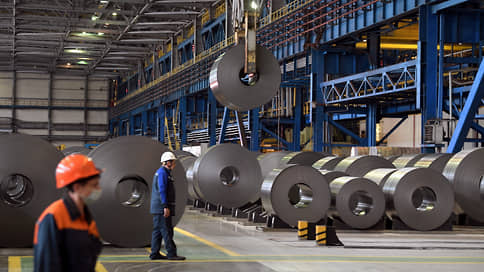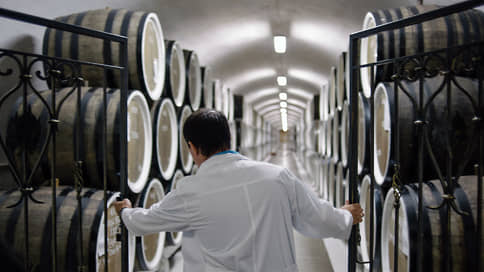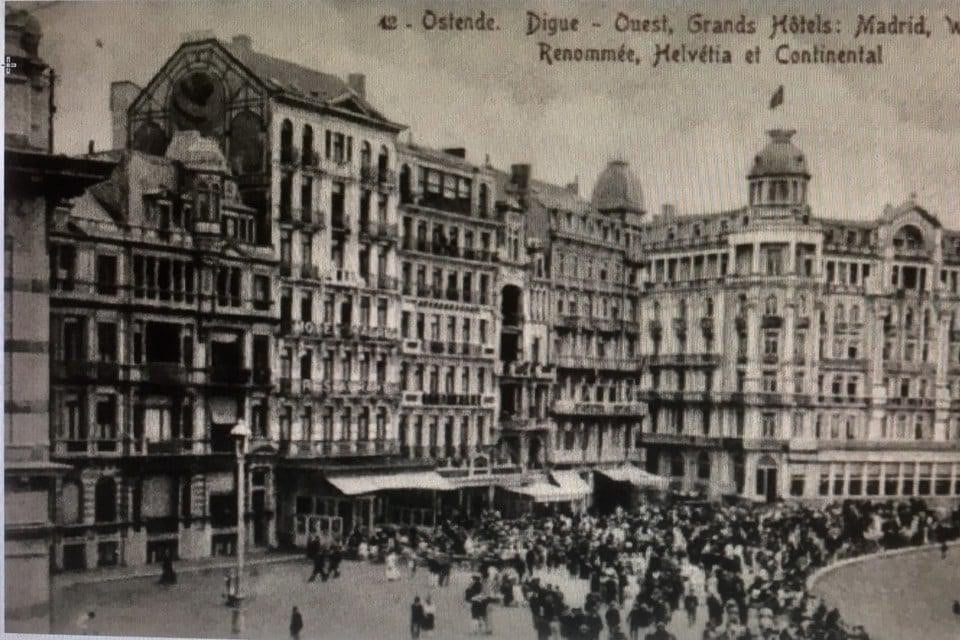Transportation of metal products is shifted from the railway to vehicles

Transportation of metal products is shifted from the railway to road transport. According to the results of the five months of the year, their shares were almost equal, while in 2018 there were 75% of shipments on the railway. Market participants and experts indicate logistics problems, high tariffs of Russian Railways, as well as the advantages of vehicles in flexibility and efficiency. In the Russian Railways OJSC, a decrease in ferrous metals loading is explained by a decrease in demand in the domestic market, primarily from the construction sector, which leads to a reduction in metallurgists production programs.
Shipping of metal products by rail in March decreased by 4.5% in a monthly comparison and by 24% in annual, and the share of railway transport was reduced to 51%, calculated at the Center for Economic Forecasting (CEP) of Gazprombank. According to analysts, in 2018, railway transport accounted for 75% transportation of metal products, according to the results of 2024, the indicator decreased to 59%.
According to the senior analyst of the Central Administrative District Gazprombank, Alexander Korobko, the main reason for the departure of metallurgists from railway transport is the unpredictability of delivery time and high cost. When transporting steel rental and semi -finished products in gondola cars, the price of delivery per ton is an average of 20-30% higher than by vehicles, he said. Neft Research confirms that in May metallurgical enterprises reduced the volume of export and domestic supplies of steel products through a network of Russian Railways and there is a steady increase in the volume of automobile cargo transportation.
The Russian Railways OJSC recalled that loading of ferrous metals on the network in five months amounted to 22.6 million tons, reducing by 16%. The decline in loading in the company is explained by a decrease in demand in the domestic market, primarily from the construction sector (see the text on page 9), which forces key domestic metallurgists to reduce production programs. So, Kommersant was told in Russian Railways, the shipments of ferrous metals in the domestic -Russian message decreased by 24.5%, to 13.9 million tons, in the export – increased by 2.3%, to 8.7 million tons. The transportation of ferrous metals in containers increased by 2% – up to 71.1 thousand Teu, or 2.1 million tons. In May, loading of ferrous metals decreased by 22.4%, to 4.3 million tons, shipping in containers increased by 16%, to 15.6 thousand TEU (466 thousand tons).
Neft Research notes that vehicles provide more flexible and operational delivery, especially at short and medium distances (up to 1 thousand km). Unlike the railway, which delivers cargo only to the station, road transport allows for delivery to the door, which is especially important for pipes, reinforcement and rental. In addition, vehicles are indispensable when transporting small parties to hard -to -reach regions that do not have a railway message, experts indicate. Additional drivers of the growth of road transport, they believe, have become problems of railway logistics: wagons deficiency, growth of tariffs of Russian Railways and delays at border crossings. The transition to vehicles when exporting to the CIS countries and the Middle East, where auto transportation occupies a significant share, is especially visible to NEFT Research. Metallurgical companies surveyed “Kommersant” refused to comment.
The interlocutor of Kommersant in the market of metal products says that over the incomplete first half of the year, in large metallurgical enterprises, the share of car transfers in total increased by 5-10 percentage points, to 15%. According to him, this is due to high tariffs, the problem of empty wagons and refusals from the Russian Railways during applications for the carriage of cargo on a long shoulder. According to another interlocutor of Kommersant in the industry, vehicles are becoming a decision for internal supplies. A source of “Kommersant” in the market for the transportation of metal products also connects the growth of the share of ferrous metal shipments with vehicles with problems in the schedule of wagons for loading and exporting empty. “As a result, despite the increase in the speed of movement on the network of Russian Railways, they grow downtime, which holds a gondola car by 3% higher than last year (20.1 days in April),” he says. As the interlocutor of Kommersant notes, the rate of falling loading on the railway in January -Maya is noticeably higher than a decrease in the production of cast iron and became a similar period, which indicates a renewal of cargo for vehicles. According to Chermet Corporation, in January -May, the production of cast iron in the Russian Federation increased by 0.3% year by year, to 21.7 million tons, steel smelting was reduced by 5.2%, to 29.1 million tons.
In June, market participants expect to reduce the loading of metal products as a whole. According to Kommersant’s interlocutor in the cast iron transportation market and steel, this is facilitated by a decrease in domestic demand, as well as a persistent unfavorable situation with sales in export markets.
The Russian Railways OJSC noted that in order to attract additional volumes of cargo, for their part, 10-18% reduced the rates for re -bar and storage at the venues of warehouses of Russian Railways, offered metallurgists discounts to tariffs in exchange for guaranteed volumes. “Proposals are being worked out in detail,” they added there.








